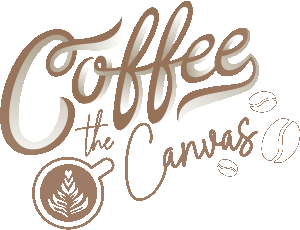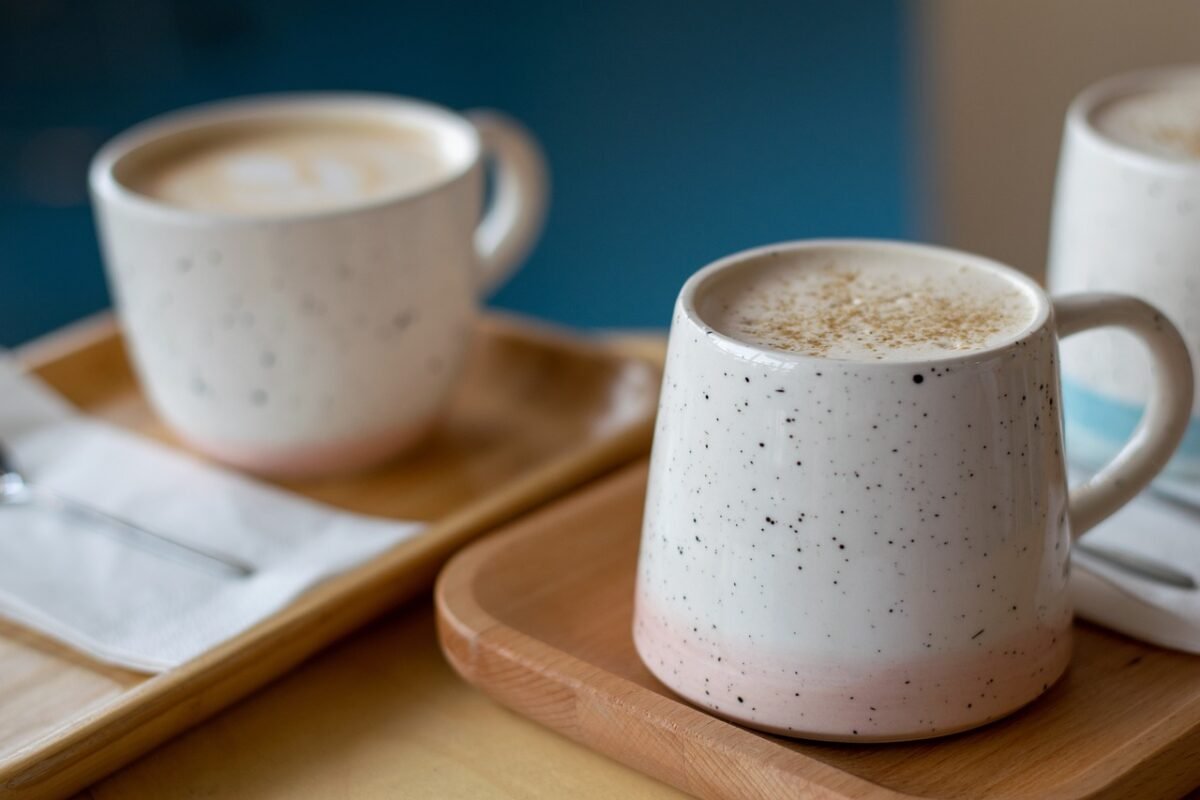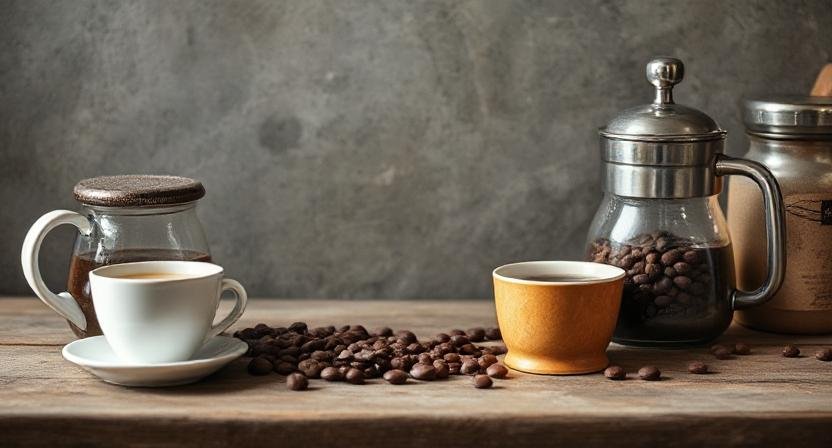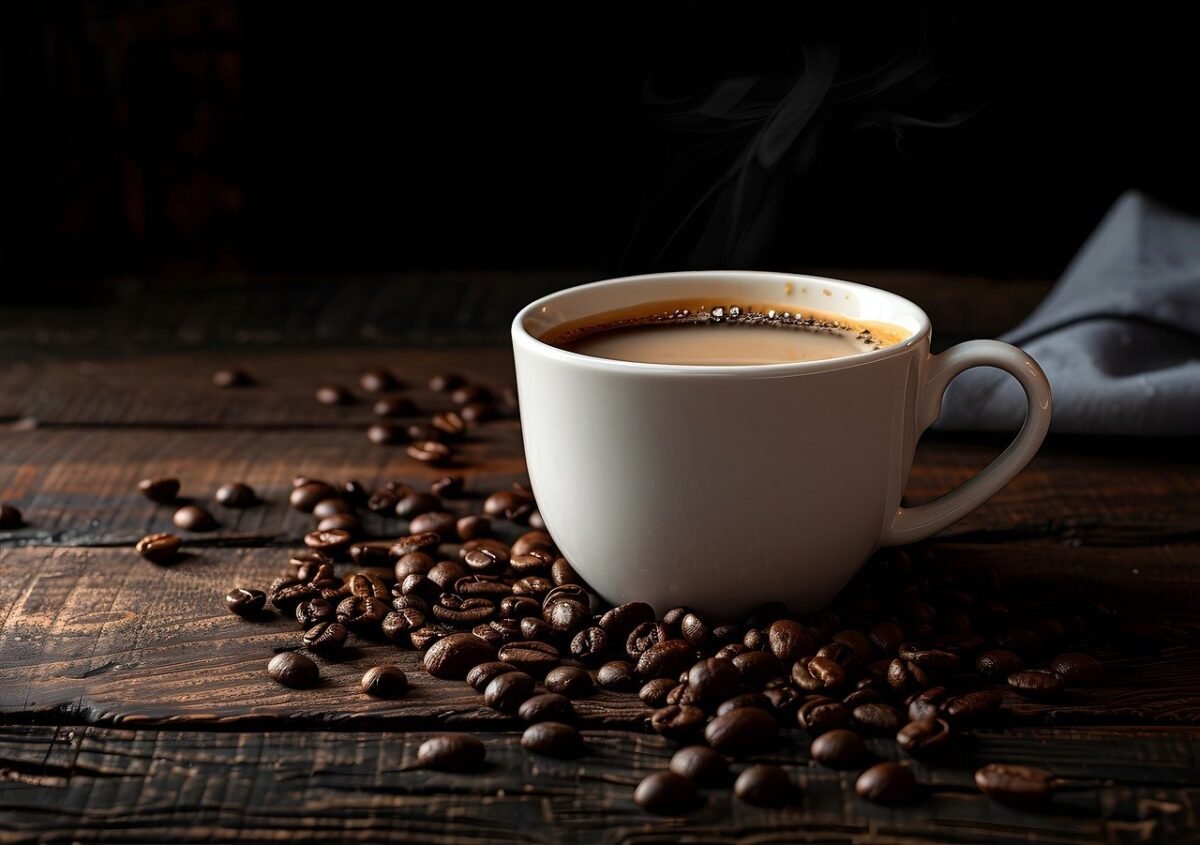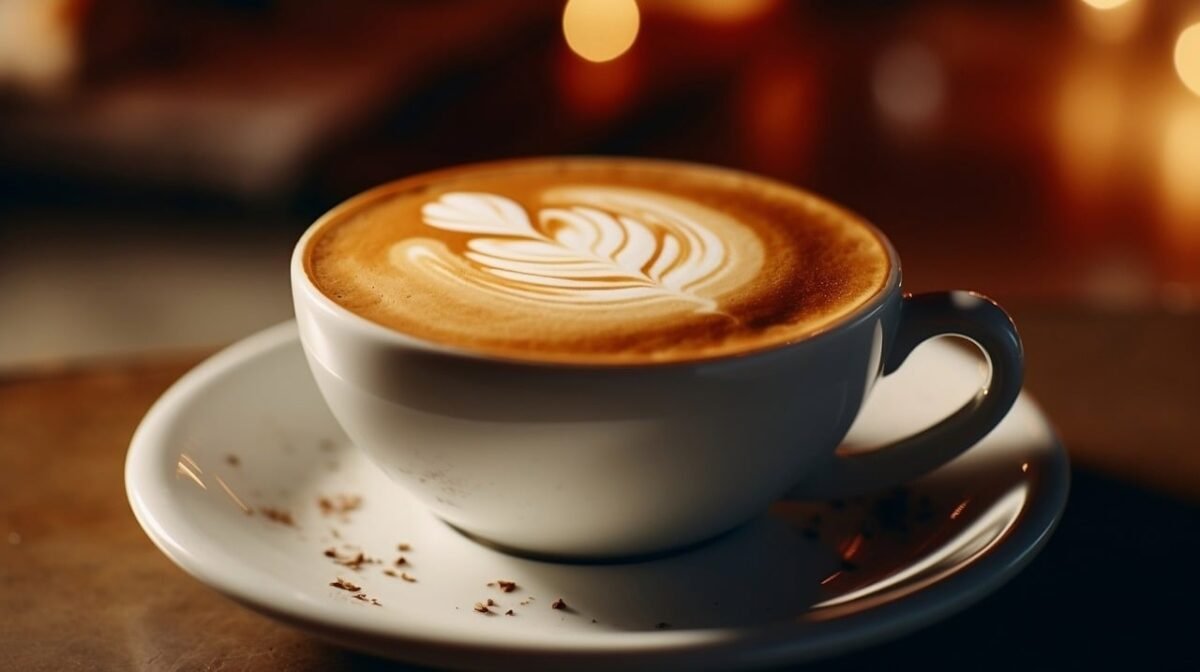There’s something undeniably cozy about a chai tea latte—warm spices swirling in creamy milk, sweetened just right, and infused with bold black tea. It’s the kind of drink that soothes your soul while giving you just enough caffeine to carry on with your day. If you’re like me, you’ve probably paid way too much at Starbucks for a chai tea latte that was… well, just okay. So I started making my own at home, and let me tell you—it’s better than Starbucks. Richer. Spicier. More authentic. And way cheaper. In this guide, I’ll show you exactly how to make the perfect chai tea latte at home, from scratch or using a shortcut. Whether you’re new to chai or looking to level up your latte game, this is for you. Chai Tea Latte is also one of the Best Starbucks Coffee Drinks you must try.
What Is a Chai Tea Latte, Really?
“Chai” means “tea” in Hindi. So when we say “chai tea latte,” we’re basically saying “tea tea latte.” But in the West, the phrase has come to mean a latte made with masala chai—a spiced tea that originated in India.
Traditional masala chai blends black tea (often Assam), milk, sugar, and warming spices like cinnamon, ginger, cloves, and cardamom. When it’s turned into a latte, you add steamed milk and a touch of froth, similar to a café-style drink.
Why Make It at Home?
Better taste: You control the strength, sweetness, and spice level.
Healthier: No preservatives or syrupy concentrates.
Cheaper: A Starbucks grande chai latte costs around $5. Homemade? Less than $1 per cup.
Customizable: Make it dairy-free, decaf, or extra spicy.
Ingredients You'll Need (Authentic + Easy)
For Homemade Chai Concentrate (makes 2–3 servings):
2 cups water
2 black tea bags (or 2 tsp loose Assam tea)
1 cinnamon stick
5 green cardamom pods (lightly crushed)
4–5 black peppercorns
4 cloves
1-inch piece of fresh ginger (sliced) or ½ tsp ground ginger
½ tsp ground nutmeg (optional)
1–2 tbsp maple syrup, honey, or sugar (adjust to taste)
For the Latte:
1 cup milk (dairy or plant-based—oat milk works beautifully)
½ cup chai concentrate
Extra sweetener (optional)
A sprinkle of cinnamon (for topping)
Step-by-Step: How to Make a Chai Tea Latte at Home
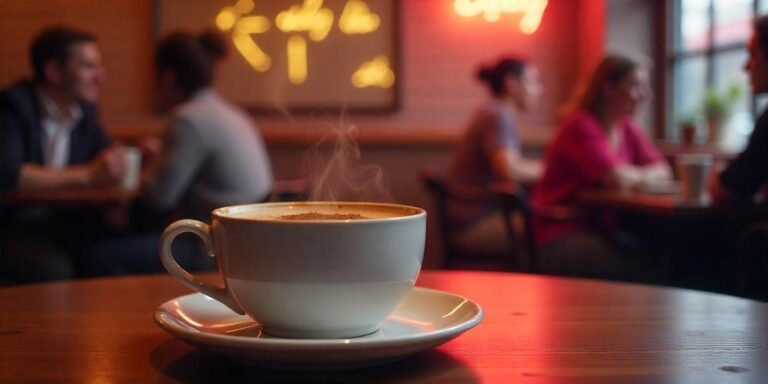
1. Make the Chai Concentrate
In a small saucepan, bring the water, spices, and ginger to a gentle boil. Simmer for 5–7 minutes.
Add the black tea and let it steep for another 3–5 minutes.
Strain into a jar or container and stir in your sweetener. That’s your concentrate—store it in the fridge for up to 5 days.
2. Steam or Heat Your Milk
Heat the milk in a saucepan until it’s warm and frothy. Don’t let it boil. If you have a frother or an espresso machine, even better.
3. Assemble the Latte
Mix ½ cup of chai concentrate with 1 cup of hot milk. Taste and adjust sweetness. Pour into a mug and sprinkle cinnamon or nutmeg on top.
Shortcut Method (for Busy Mornings)
No time to make it from scratch? Try a high-quality chai concentrate like Rishi’s Organic Masala Chai or Bhakti Chai Concentrate. Just mix it with your milk of choice (1:1 ratio), heat, and enjoy.
Iced Chai Tea Latte Variation
Hot day? Try it iced:
Fill a glass with ice.
Mix ½ cup cold chai concentrate with 1 cup cold milk.
Stir, sweeten if needed, and top with a cinnamon stick or star anise.
Chai Latte Tips & Variations
Make it extra creamy: Use barista-style oat milk or add a dash of heavy cream.
Spice it up: Add turmeric or saffron for a golden twist.
Want a caffeine-free version? Use rooibos tea instead of black tea.
No frother? Shake hot milk in a tightly sealed jar for 30 seconds.
FAQ: Chai Tea Latte at Home
Q: Can I use ground spices instead of whole?
Yes! Just strain the tea well before serving to avoid gritty bits.
Q: How long does chai concentrate last in the fridge?
Up to 5 days in a sealed container. You can also freeze it in ice cube trays!
Q: What’s the best milk for a chai latte?
Oat milk or whole milk gives the creamiest results. Almond milk works, but it’s thinner.
Q: Is this healthier than Starbucks?
Definitely. Starbucks uses a sugar-heavy concentrate. Homemade = fewer additives, more real ingredients.
Resource: Want to Explore More Chai Blends?
Check out this authentic guide from Spicewalla to discover small-batch chai spice blends made by Indian chefs.
Final Thoughts
Once you make a chai tea latte at home, you’ll wonder why you ever waited in that Starbucks line. This drink is more than just tea—it’s comfort, culture, and a warm hug in a mug. And when you make it yourself, it just tastes better.
So go ahead—brew it up, get cozy, and sip like a chai connoisseur.
Related Post you may like:
- Coffee Twister, Milkshake, Smoothie, Virgin Mojito, and Lemonade are non-alcoholic cold drinks.
